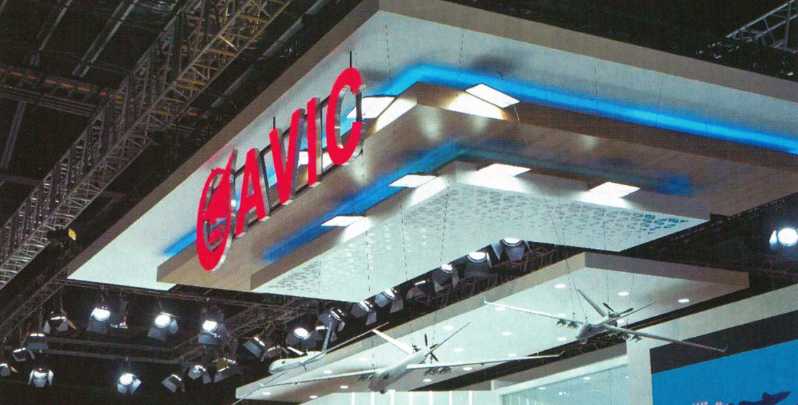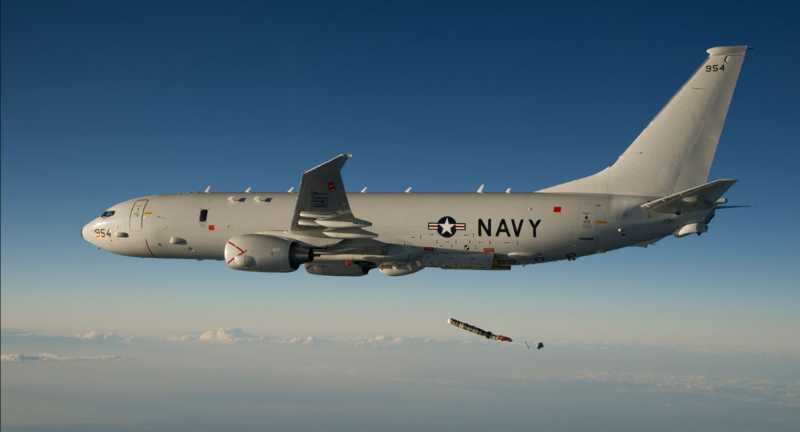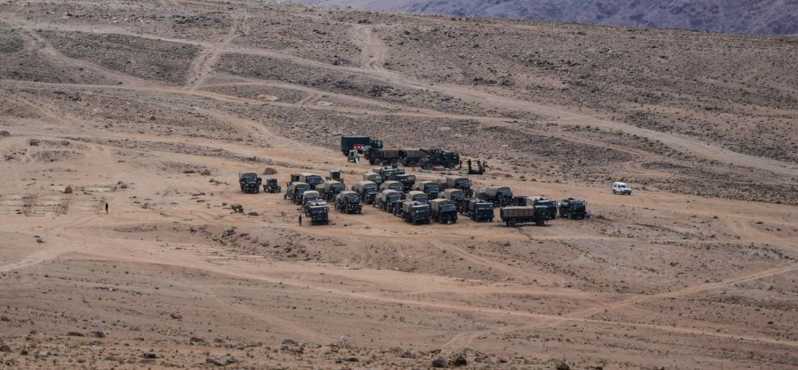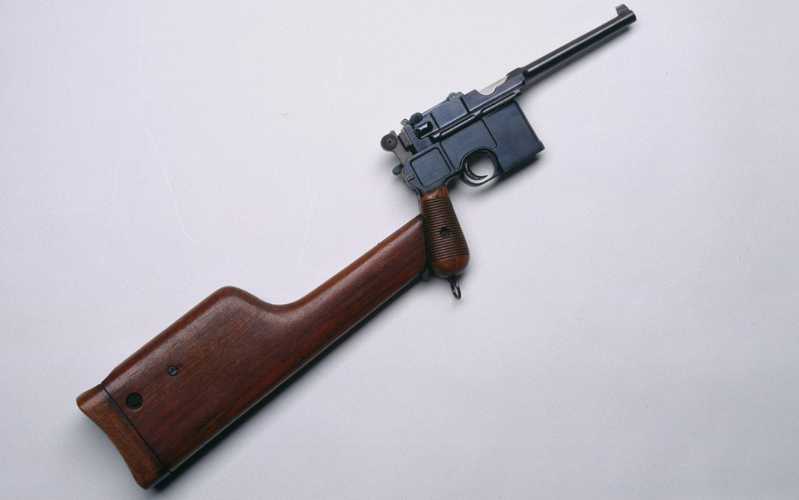On February 20, local time, the Singapore International Airshow officially opened at the Changi Exhibition Center in Singapore. AVIC represented the Aviation Industry Corporation of China in the exhibition, with the theme of "Working together to create value". The Chinese Aviation Industry Corporation of China made its debut at the Singapore Airshow again after two years. This time, the Aviation Industry Corporation of China’s indoor booth area is 291 square meters and the outdoor static exhibition area is 434 square meters. The exhibited products are led by the "20 family", covering seven categories including fighters, trainers, helicopters, drones, transport aircraft, special aircraft, and aviation emergency rescue equipment, fully displaying China’s various high-tech aviation foreign trade products.
China Aviation Star: "20 Family"
Walking into the indoor booth, the "20 Family" exhibition area in the center is in front of you. Four star products, J-20, Y-20, Z-20 and Attack-11, made a wonderful appearance, showcasing the overall strength of the aviation industry’s scientific and technological innovation and attracting widespread attention.
J-20
Among them, the J-20 is a multi-purpose stealth fighter developed by the Chengdu Aircraft Industry Group Corporation of China Aviation Industry with high stealth, high situational awareness, and high maneuverability. It is also the latest generation of twin-engine heavy stealth fighter developed by the People’s Liberation Army. The J-20 adopts a comprehensive stealth technology similar to the F-22, that is, a two-pronged approach in appearance and materials. From the appearance, the nose of the J-20 is The neat and smooth diamond structure, the fuselage also strictly follows the parallel design principle, the smoothness of the back and belly is not inferior to the F-22, and it has an "absolute stealth" fighter appearance.
In terms of aerodynamic design, the J-20 adopts a single-seat, twin-engine, full-motion differential double tail, adjustable DSI (supersonic without boundary layer baffles) air inlet, and an upturned canard with a pointed arch edge strip. The canard aerodynamic layout has excellent supersonic control rate and good high-angle lift characteristics, and has a large instantaneous angle of attack and roll rate, and is very agile. The J-20 adopts an outward-inclined full-motion double vertical tail design. The high-efficiency full-motion vertical tail can provide sufficient heading control torque, reduce the impact of the increase in vortex intensity on the vertical tail, and improve the longitudinal stability of the aircraft at large angles of attack. Various designs make the J- The aerodynamic layout design of the J-20 is "outstanding" among the fifth-generation fighters at home and abroad.
In addition, the J-20 also integrates my country’s most advanced avionics equipment, such as a touch-screen large-screen LCD information display system, an active phased array radar, an optical transmission control system, an encrypted data link information system, an integrated radio frequency management system, an electronic warfare system, and a distributed aperture sensor system, etc., with a very high level of informatization. At the same time, the J-20’s built-in bomb bay can carry 2 PL-10 close-range combat missiles and 4 PL-21 or PL-15 medium- and long-range missiles, and can carry a variety of precision-guided bombs, with powerful attack capabilities.

In specific combat use, the J-20’s primary task is to deal with the enemy’s hidden When the fourth-generation fighter encounters the opponent’s fifth-generation aircraft, due to the relatively significant characteristics of its own targets, the situational awareness and super maneuverability are usually not as good as the fifth-generation aircraft, and it is easy to be plotted by the stealth enemy. Only the J-20 can not lose the wind when fighting against the enemy’s fifth-generation aircraft. Secondly, air combat under information conditions is already an absolute network-centric war, which requires high information support, so information nodes such as early warning aircraft and electronic warfare aircraft are particularly important. However, such targets usually do not appear at the forefront of the enemy-us confrontation, but are protected by enemy aircraft in shallow depth, and it is difficult to strike them using conventional fighters. The J-20 is different. It can use its stealth advantage to penetrate in, "assassinate" it, knock out the opponent’s information nodes, and weaken its system combat capability.
It is worth noting that since the mass production of the basic model of the J-20, my country has rapidly upgraded and improved it for actual combat and tactics. I believe that in future wars, generations of brand-new J-20 systems will together seize the blue sky above our heads for our army!
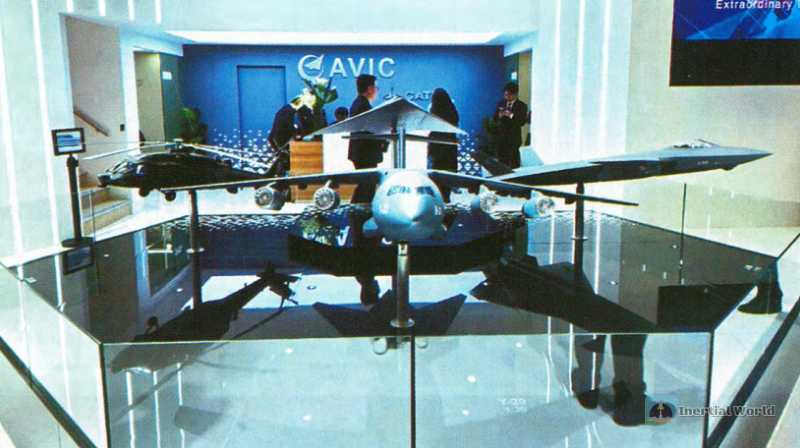
Yun-20
Yun-20 is a new generation of large transport aircraft independently developed by my country. The aircraft adopts the conventional layout of modern large transport aircraft, with a single wing and a T-shaped tail. It is 47 meters long, 50 meters wide, and 15 meters high. The maximum take-off weight is 220 tons, the maximum load is 66 tons, the cruising speed is 800 kilometers per hour, the range exceeds 7,800 kilometers, the practical ceiling is 13,000 meters, the shortest take-off distance is 700 meters, and it has a certain field take-off and landing capability. The aircraft has a wide fuselage, and the cargo hold floor width is approximately 4.5 meters. It can carry various types of Chinese tanks and armored vehicles, including the 99A main battle tank, artillery, helicopters and air defense missiles, etc., and can perform air transportation, airborne, disaster relief, support and other tasks.
The Y-20 also uses a large number of new materials, new processes and digital fly-by-wire flight control systems, with good flight performance, easy control, high degree of automation and strong transportation capacity. It has the advantages of both strategic and tactical transport aircraft, which greatly improves the strategic mobility of the Chinese military.
The Y-20 has outstanding performance and strong reliability. Not long after it was put into service, it began to perform various domestic and foreign tasks with high intensity. Today, the Y-20’s tracks have spread across Asia, Africa, Europe and Oceania. It has flown to Asia, Africa and other countries to deliver anti-epidemic materials and new crown vaccines; it has flown to Tonga, Pakistan and Afghanistan to deliver humanitarian supplies, and to Serbia to deliver supplies; it has flown to South Korea for three consecutive years to welcome the remains of volunteer martyrs back to China; in September 2022, it flew to Europe for the first time to participate in the international air show for public display, becoming a business card for displaying China’s image and a platform for friendly exchanges. As a new generation of large transport aircraft independently developed by my country, it has been more than eight years since the Y-20 first flight. During these eight years, the Y-20 has gone from its first test flight to its debut at the Zhuhai Air Show, from its entry into service to large-scale airdrop drills, from its first participation in non-war military operations, rushing to Wuhan to bringing back the remains of the seventh batch of volunteer army martyrs from South Korea. The Y-20 is interpreting the development and achievements of my country’s air force in the new era with a new speed and new strength.
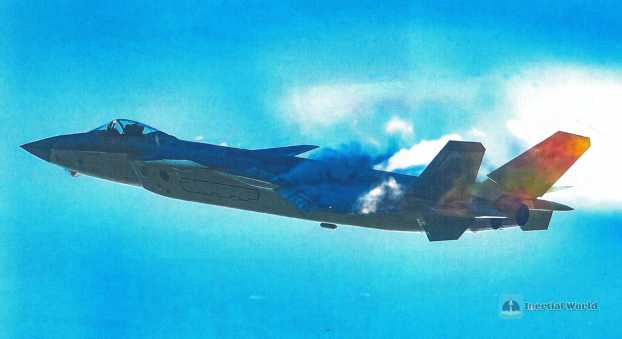
Z-20
Z-20 is a new generation of medium-sized twin-engine multi-purpose helicopter independently developed by my country. It adopts a single rotor with tail rotor, a low-position rear horizontal tail configuration, a low-drag aerodynamic shape, and a high-performance rotor aerodynamic layout overall design. It is equipped with two domestically produced advanced turboshaft engines and applies a number of new technologies. The aircraft applies new technologies such as fly-by-wire flight control and rotor anti-/de-icing. It can carry out diversified tasks such as airdrop and transportation under complex weather conditions during the day and night, and has the ability to be deployed in all areas and at all times. The aircraft has good performance in both plains and plateaus, and has good expansion compatibility. The basic transport platform can be quickly expanded to other mission states.
In addition, the Z-20 is the only 10-ton tactical general-purpose helicopter currently developed by my country’s aviation industry. It is also the third model of the four "20" aircraft in my country’s military aviation projects in recent years. It is of great significance to the development of our military equipment system, especially the serial development of the Z-20, which is crucial to make up for the shortcomings of our military equipment system. At present, there are many models of the Z-20, such as the army’s general transport type, armed type, navy ship-borne general type, anti-submarine type, etc.
Among them, the anti-submarine Z-20F is particularly important for the development and improvement of my country’s naval equipment system. It is reported that this type of anti-submarine helicopter was unveiled as early as 2015, and in many news in the past 23 years, the Z-20F has also vaguely appeared in the same frame with the 055 million-ton destroyer. As a highly specialized anti-submarine helicopter, the Z-20F can perform a variety of tasks such as anti-submarine, anti-ship, search and rescue, surveillance, and communication relay, and will become the most important anti-submarine and anti-ship weapon system of the Chinese Navy in the future.
The success of the shipborne and anti-submarine Z-20 not only marks the development and maturity of the Z-20 multi-configuration development, but also marks the further improvement of our military equipment system, which is of great significance for the Chinese People’s Liberation Army to achieve equipment renewal and strategic transformation.

Attack-11
In addition to the above three star aircraft, there is another drone that we have to mention, which is the Attack-11 drone. This UAV is a high-altitude, long-flight reconnaissance and strike UAV independently developed by my country. It can be equipped with a variety of air-to-ground missiles (with reduced payload but greatly improved stealth performance) or discharged (sacrificing some stealth performance and increasing payload). It has battlefield reconnaissance, search and identification, precision strike and other capabilities, and can carry out reconnaissance and strike missions around the clock.
Attack-11 does not retain the fuselage, cancels the vertical tail and horizontal tail, and is a complete flying wing aircraft. Aircraft with this layout have high aerodynamic efficiency, excellent lift-drag characteristics, and optimal aerodynamic load distribution; light structure, good rigidity, large effective loading space; excellent RCS characteristics, and great military potential. At the same time, in terms of stealth performance of flying wing layout, flying wing aerodynamic layout UAVs have incomparable advantages.
In addition, the aircraft also uses a back S-shaped air inlet and a curved non-circular cross-section tail nozzle. The sweep angle of the aircraft is not very large, and the aerodynamics should be able to meet the design requirements of high altitude and long flight time, but the cruising Mach number is relatively low (about Mach number 0.7, subsonic). The aircraft structure uses a large number of composite materials, and also uses organic binders to coat the room temperature type broadband strong wave absorbing stealth coating. Overall, the design of the aircraft highlights the stealth characteristics (due to its small size and new technology, the RCS is significantly smaller than the US B2 stealth bomber), and the overall layout and details are very fine. According to the public report of the Guizhou Liyang Company of AVIC Engine Group a few years ago (in recognition of the engine designers), the aircraft uses a turbofan 13 Tianshan engine without afterburner, with a maximum thrust of about 5 tons. The thrust-to-weight ratio of similar drones in the world is generally around 0.4 when taking off. It is estimated that the maximum take-off weight of this drone is 12 tons EF.
The flight speed of the Attack-11 is not high. Due to the low lift coefficient and control efficiency of the flying wing layout, its maneuverability is not strong. Facing strong enemy bases or maritime formations around my country, its penetration mainly relies on stealth, which should be said to be a relatively simple means. But correspondingly, the drone should have a high degree of intelligence to cope with complex and changing combat environments.
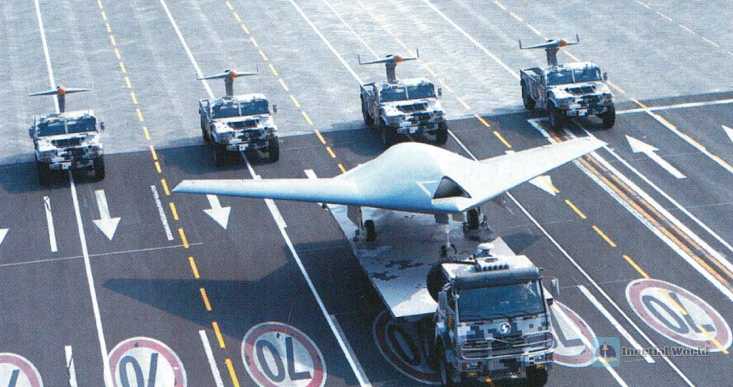
Invincible air attack and defense force
The aviation military trade exhibition area on the right side of the Aviation Industry booth focuses on displaying air attack and defense forces. The J-10CE fighter jet led the way with the FC-1 "Fierce Dragon" fighter jet and the FC-31 "Gyrfalcon" fighter jet, and the L-15A attack/combat trainer aircraft, the FTC-2000G multi-purpose aircraft, the KJ-500 early warning aircraft, the Z-10ME armed helicopter, the Z-9DE ship-borne helicopter and the Y-9E tactical transport aircraft appeared in turn. In addition, the two major UAV series of "Wing Loong" and "Spinner" and the RCG443E mobile laser jamming system also occupied a prominent position in the exhibition area. Among them, there are both China’s new generation of high-tech aviation products and traditional military trade star products, which have broad market potential and fully demonstrate the strength of China’s aviation industry.
Among them, the J-10CE fighter jet is hot among the exhibits, which is not only due to the mature application of the J-10C fighter jet by our army, but also due to the good reputation of the J-10CE in the international market in recent years. The fighter is an all-weather, single-engine, single-seat, multi-purpose third-generation fighter independently developed by China Aviation Industry, and is a security and defense weapon product. The aircraft has powerful system-coordinated combat, advanced beyond-visual-range multi-target attack in a strong electromagnetic confrontation environment, and multi-mode precision ground strike capabilities; it has excellent medium and low altitude maneuvering combat, supersonic flight, short takeoff and landing, large combat radius, long range and aerial refueling capabilities; it is equipped with advanced integrated avionics systems and weapon systems, and has strong external weapon capabilities.
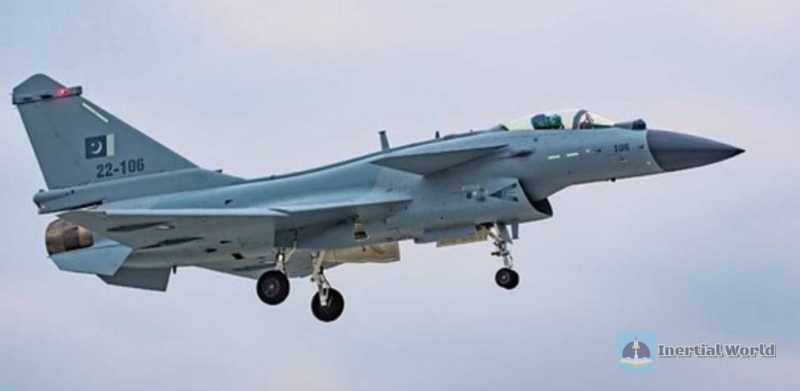
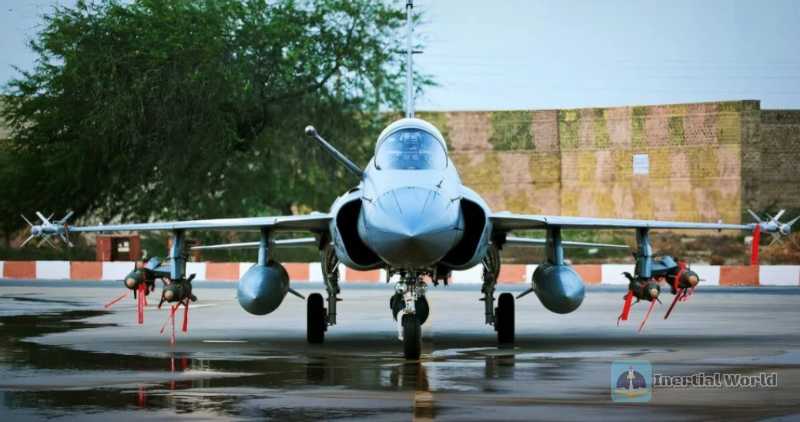
FC-1 "Fierce Dragon" fighter is an all-weather, single-engine, multi-purpose light fighter jointly developed by China and Pakistan at the beginning of the century. As of now, the "Fierce Dragon" fighter has been upgraded to the third-generation Block III. The fuselage length of the aircraft is 14.33 meters, the wingspan is 9.4 meters, the height is 4.57 meters, and the wing area is only 24.43 square meters, which are all smaller than the mainstream light fighters. From the currently public data, it can be seen that the maximum range of the "Fierce Dragon" Block II is 2037 kilometers, and the maximum bomb load is 3629 kilograms, which are lower than the F-16 and J-10C. This means that if the Xiaolong Block III fighter wants to perform missions with longer flight distances, it must carry a large number of auxiliary fuel tanks or use tankers for aerial refueling. In addition, the maximum flight speed is not high, only 1.6 Mach, which is not as good as the 2.2 Mach of the J-10C, but it is enough to cope with most air combat situations. Secondly, the Xiaolong Block I is equipped with an active phased array radar, which is the standard configuration of the fourth-generation and a half fighters and the biggest highlight of the Xiaolong fighter. The advantage of this active phased array radar is that it can search, track and guide multiple targets at the same time, and has strong anti-interference capabilities, which can effectively deal with the enemy’s electronic warfare means.
In addition to these two fighters, the FC-31 "Falcon" fighter, L-15A attack/combat trainer, KJ-500 early warning aircraft and a variety of advanced helicopters on the Aviation Industry platform have demonstrated the invincible air attack and defense power of the Chinese Air Force in the new era.

The outstanding emergency rescue exhibition area
The emergency rescue exhibition area on the left side of the Aviation Industry booth displays a variety of aviation emergency rescue products, including the AG600 large amphibious aircraft, the "Xinzhou" 60 rainmaking aircraft, the Y-12F general/feeder aircraft, the "Xuan Ge"-500 forest floating communication relay platform, and the "Wing Loong"-2H emergency rescue UAV and AC352, AC332 multi-purpose helicopters. The spectrum is complete and the functions are rich. Some products have been experienced in various emergency rescue operations and drills, showing the rapid development of the aviation industry’s aviation emergency rescue system, which can widely meet the needs of the aviation emergency rescue field.
Among them, the basic model of the Wing Loong-2H emergency rescue UAV is a civilian model developed by AVIC (Chengdu) UAV System Co., Ltd. based on the needs of multiple civilian industries for large fixed-wing UAVs. It is a typical military-to-civilian product. The aircraft is 11 meters long, with a wingspan of 20.5 meters, a height of 4.1 meters, a takeoff run distance of 1 kilometer, a landing run distance of 1.2 kilometers, an empty weight of 2.2 tons, a maximum takeoff weight of 4.2 tons, a maximum external load of 480 kilograms, a maximum flight altitude of 9,000 meters, a maximum flight speed of 370 kilometers per hour, a cruising flight speed of 150 kilometers per hour, a maximum endurance of 20 hours, a maximum range of 5,500 kilometers, and a remote control radius of 200-300 kilometers in line-of-sight link mode from the ground station, and a remote control radius of 3,000 kilometers using satellite communication mode. At present, emergency rescue, meteorological, and civil drones have been developed. By replacing mission modules and pods, they meet different usage requirements such as meteorological detection, artificial weather modification, and emergency communication support, providing unique new quality power for multiple industries.
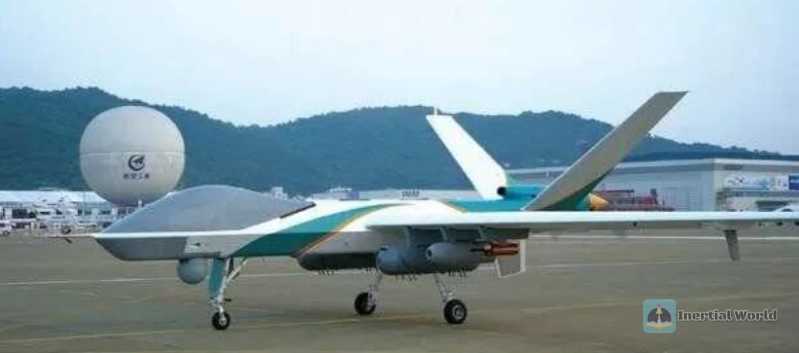
Wing Loong-2H emergency rescue drone is equipped with optoelectronic detection pod, synthetic aperture radar, aerial photography CCD camera, emergency communication support pod, emergency delivery pod and other equipment. It can complete multi-spectral disaster site exploration, public/private network emergency networking communication, emergency material delivery and other tasks under extreme disaster conditions, and integrate into the emergency command system. The aircraft can restore mobile phone communications of 50 square kilometers, the private network coverage radius is greater than 70 kilometers, and an audio and video communication network covering 15,000 square kilometers can be established.
In the recent Gansu earthquake, the Wing Loong-2H emergency rescue drone rushed to the disaster area as soon as possible after completing route planning, airspace application, pre-flight inspection, meteorological condition assessment, streaming test, and three-network public network communication test. After flying to the disaster area, the Wing Loong-2H UAV immediately carried out emergency communication support and situation reconnaissance tasks, providing strong support for emergency rescue forces. In addition, the Wing Loong-2H emergency rescue UAV has also participated in the Henan flood rescue in July 2021 and the emergency communication support mission for the earthquake in Guding County, Ganzi, Sichuan in September 2022, and successfully completed the relevant disaster relief tasks.
This time, the Aviation Industry Corporation of China generously displayed a number of mature emergency rescue aircraft such as the Wing Loong-2H, which also shows that its development in the civilian field in recent years has made substantial progress.
Related reading
- 国产大飞机海外首秀:中国商飞C919和ARJ21飞行展示
- Domestic large aircraft overseas debut: COMAC C919 and ARJ21 flight demonstration
- 从美军B-52H战略轰炸机双机通场新加坡航展说起
- 近距离观察F-35A隐形战斗机
- 近观新加坡F-15SG战斗机
- 我进入了F-16D的座舱
- 新加坡航展上的萨博“鹰狮”JAS-39战斗机
- 我当上了苏-30的飞行员--苏-30MKM战机前的超强体验
- 中国的“老朋友”--来自冲绳的P-8A反潜巡逻机
- 又见C-17运输机
- 首次亮相新加坡航展的直-10ME
- 公开展示的“阿帕奇”武装直升机
- 静态展示的CH-47F“支努干”重型运输直升机
- KC-135下的漫步,不得不说的硬管加油装置
- 细看新加坡“紫菀”-30防空导弹
- 混动装甲战车--新加坡“特雷克斯s5”轮式装甲车管窥
- 2024年新加坡航空展室内展台参观记


